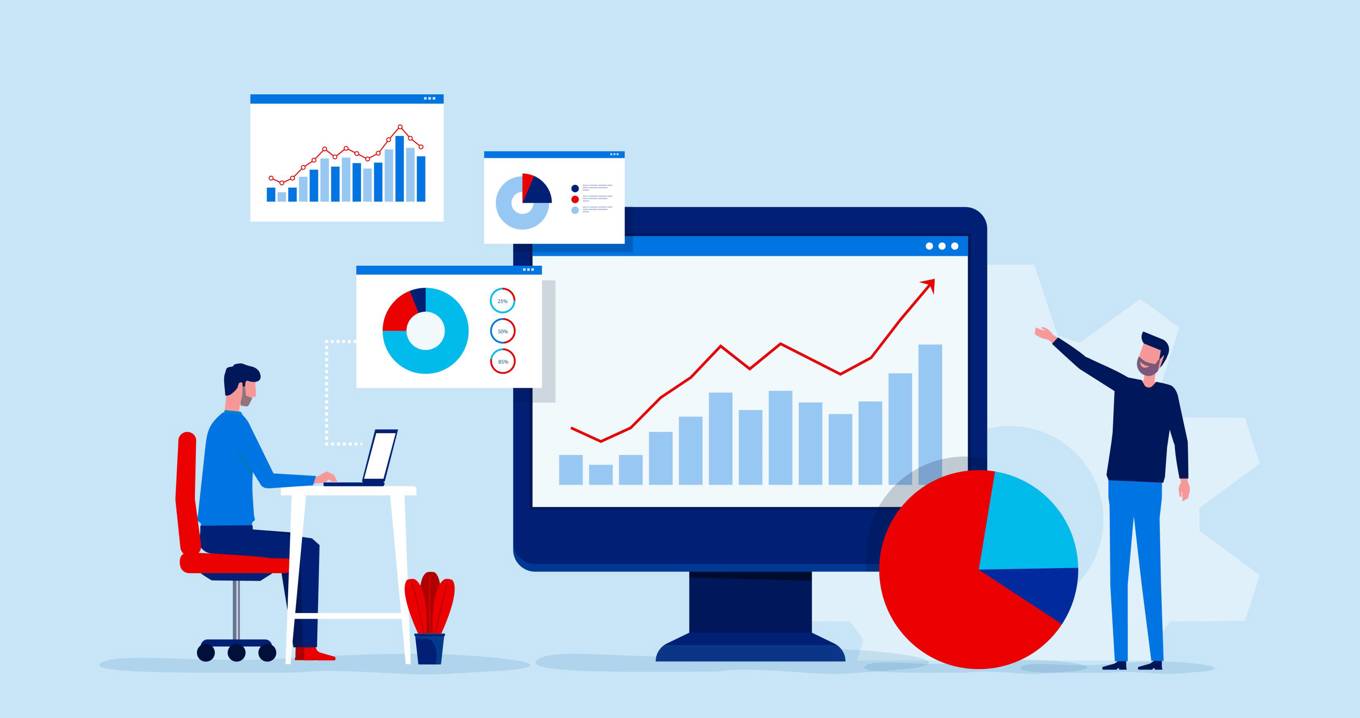What is a Financial Forecast?
A financial forecast is an assessment of how an organisation's income and costs will develop. Businesses use forecasts to monitor their budget and to help them decide if changes are needed.

Forecasts can be made to monitor the company's budget, but also to assess developments and trends in various KPIs. If forecasts are used correctly, they become an instrument for change that you can use to adjust your business when something deviates from the plan. This also allows you to be more accurate in your efforts to reach or exceed budget targets or various strategic goals.
Forecasts should serve as a basis for both Operational Planning and budgeting. They are also important for the company's strategic direction as the company uses KPIs to which the forecasts are linked to set goals, measure goal fulfilment and to highlight when something goes wrong for the company.
Thus, forecasts can be linked to the fulfilment of more than just financial targets and thus also help you manage risks, plan resources or work with Performance Management. However, the most common use of forecasting is the financial monitoring of budgeting.
The Difference Between Budget and Forecast
The budget is usually prepared as a plan for the coming year, while forecasts are prepared on an ongoing basis based on current data from the last few months and with the aim of monitoring how well the company is performing in relation to the budget.
The budget often contains the company's ambitions and objectives, while the forecast is an instrument of change and a basis for decision-making to be able to correct and adapt the company based on changes in the business or the outside world.
So see the budget as a detailed planning tool for the year and the forecasts as an adjustment tool to work with on an ongoing basis. Forecasts are usually made on a monthly, quarterly or half-yearly basis.
Rolling Forecasts as an Example
A financial forecast is typically created with a time frame that aligns with that of the budget. A disadvantage may be that it does not look beyond the end of the year. To get a better and more continuous understanding of the company's development, some people choose to work with Rolling Forecasts.
The difference is that instead of having 31 December as the end date, you look 12, 16 or even more months ahead each time a new forecast is made. Effective rolling forecasting requires commitment from your organisation and a certain degree of understanding, coordination and technical support.
Rolling Forecasts help you look ahead, from where you are today, and allow you to be more agile in your follow-ups and analyses.
Software to Help You with Budgeting and Forecasting
In budgeting and forecasting, web and role-based tools are often helpful in facilitating collaboration, visualisation and making the work easier in every way (even with rolling forecasts). A tool will also be helpful when you want to take further steps, perhaps into Financial Scenario Planning or Business Intelligence.
Quality assured, collected and communicated data in a budgeting and forecasting tool will reduce manual work and facilitate budgeting. You will be able to trust the numbers, work more easily with different scenarios and reduce resistance to budgeting.
Tools like Hypergene can also help you as a controller or CFO with other aspects of financial and operational management.
7-minutes video demo of Hypergenes solution:



